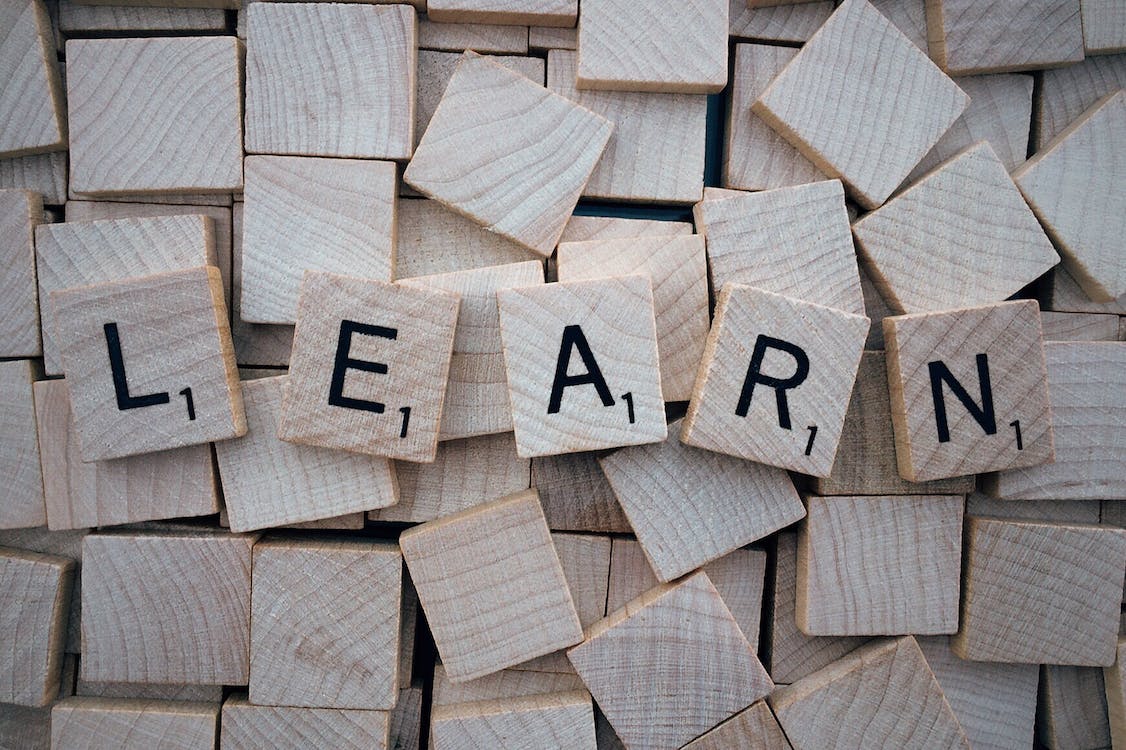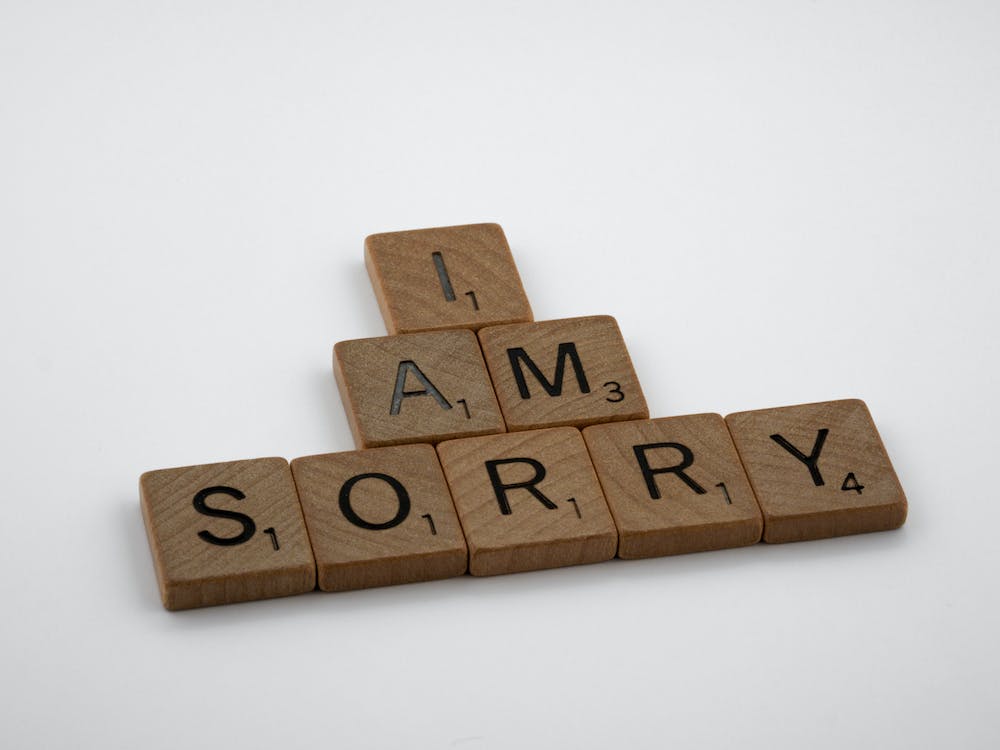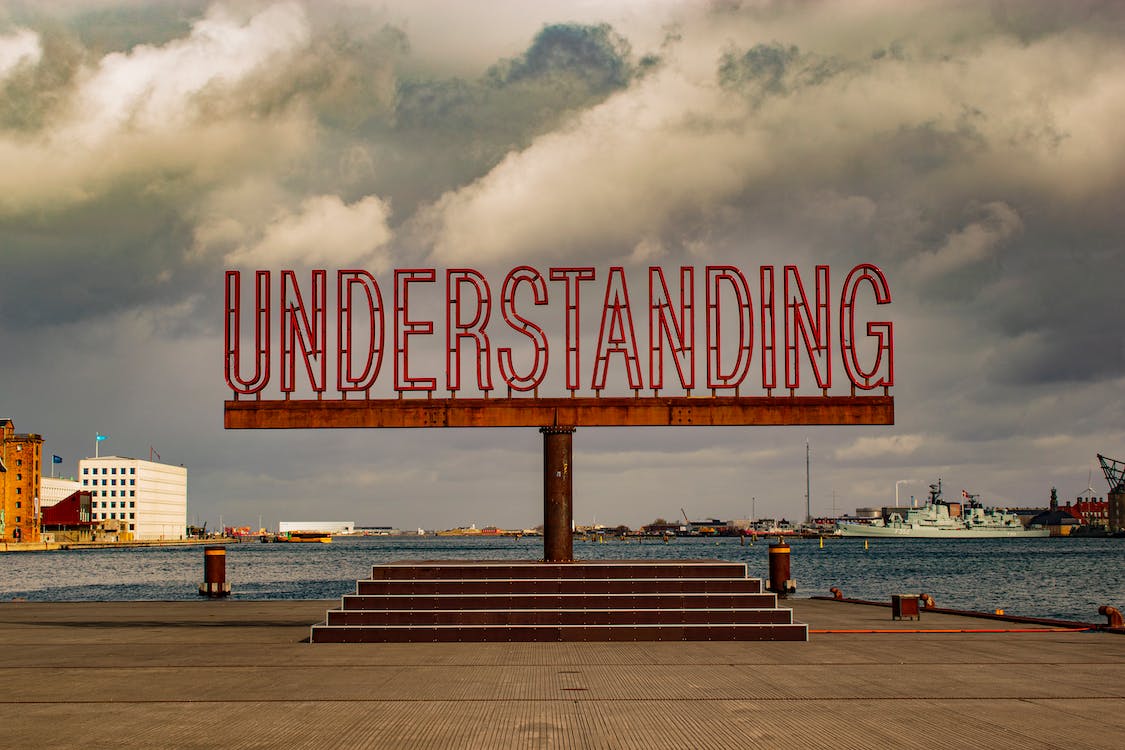The art of a heartfelt apology
Facts
Apology is often said to play an important role in reconciliation. On a plausible interpretation of that claim, apology has this important role because the performance of an apology provides us with new practical reasons, reasons to change the way we relate to the wrongdoer. But if this is right, what kinds of reasons are they, and why is an apology necessary (and sufficient) to provide us with such reasons.
- It shows an inner strength.
- It’s good for your heart.
- It brings peace into relationships.
- It makes you more careful in how you treat others.
Best ways to apologize
Apologizing is an important skill that can help repair relationships and resolve conflicts. Here are some best ways to apologize:
• Acknowledgment of Responsibility
• Expression of Remorse
• Learn from your mistake
• Show that you’re sorry
• Reaffirm Boundaries
• Offer to make amends
• Empathy and Understanding
• Listen actively
• Rebuilding Trust
• Conflict Resolution


Acknowledgment of Responsibility
When we apologize, we acknowledge our responsibility for our actions or behavior that caused harm to someone else. This acknowledgement helps us take ownership of our actions and shows that we understand the impact our behavior had on the other person.
Avoid using vague or evasive language, or wording an apology in a way that minimizes the offense or questions whether the victim was really hurt.
A good apology includes showing you’re aware of how your actions have impacted the other person. This tells them you understand why they feel hurt.
For example, you might say:
• ‘I understand you must have felt really upset, angry and confused.’
• "When I said [the hurtful thing], I wasn’t thinking. I realize I hurt your feelings, and I’m sorry,"

Explain what happened
The best way to show that you are sorry is to accept the blame and make amends. It’s important not to offer excuses or try to paint yourself in a good light. Be sincere and show that you understand the consequences of your actions by offering a solution.
The challenge here is to explain how the offense occurred without excusing it. In fact, sometimes the best strategy is to say there is no excuse.
Keep it short and clear.In a moment I’ll show you exactly how to do that by putting this all together but for now, here are some short explanations you can use:
• I really didn’t mean for that to happen.
• It was an accident.
• That was not what I intended.

Expression of Remorse
Apologizing involves expressing genuine remorse for our actions. This expression of regret helps the other person understand that we are truly sorry for what we did and that we are committed to making amends. If you regret the error or feel ashamed or humiliated, say so: this is all part of expressing sincere remorse.
When learning how to apologize effectively, it’s important to understand the value of expressing regret.
Say these when you want to apologize:
• "I wish I could take it back."
• "I wish I had been more thoughtful."
• "I wish I’d thought of your feelings as well."
These are all expressions of regret that add to the sincerity of your apology and let the other person know you care.

Learn from your mistake
Making mistakes at work can be inevitable, but it can also be a valuable growth experience. Everyone is likely to make a mistake at some point but you can turn a mistake into a positive situation by using it as an opportunity to learn and become better at your job by not making the same mistakes again.
Just like failures, you can “seize mistakes” and learn from them. Don't let these opportunities go wasted. You can gain wisdom from your mistakes and fast-track the process of self-improvement. The important thing is to view mistakes as gateways to improvements in life.
• Understanding why mistakes happen and then not repeating them.
• Don't waste time trying to justify your actions
• Mistakes give opportunities to learn, grab them

Show that you’re sorry
Showing, not just saying, that you regret what you have done is an important part of apologising. If possible, think about how you can fix the problem and make things right. For example, if you lost or broke something that belonged to someone else, you could help them replace it.
In this instance, the best thing to do is to make sure it doesn’t happen again, and to show by your actions that you’re sincerely sorry. If you’ve realised that there’s a problem that you can work on, you could also mention this, to show that you’re taking steps to make sure it doesn’t happen again.
For example, you might say:
• ‘I realise that I struggle with controlling my anger, and it’s not fair to other people when I snap at them.
• I’m trying to be more aware of when this happens.’
It takes a lot of courage to admit that you’ve made a mistake and to apologise for it. It’ll be scary at first, but in the long run, learning how to do this sincerely can really improve your relationships with the people around you. You’ve got this.

Reaffirm Boundaries
One of the most important parts of an apology and one of the best reasons to apologize is to reaffirm boundaries. Healthy boundaries are important in any relationship.
When you come into conflict with someone, often a boundary is crossed. If a social rule is violated or trust is broken, an apology helps to affirm what kind of future behavior is preferred.Discussing what type of rules you both will adhere to in the future will rebuild trust, boundaries, and positive feelings. It provides a natural segue out of the conflict and into a happier future in the relationship.
For example, you and your partner, friend, or family member can discuss things you won't tolerate, including:
• Disrespect
• Cheating
• Lying
• Gaslighting
• Mistrust
• Shouting
In addition, if you're having trouble agreeing on these boundaries, you and your loved one may benefit from seeing a family therapist or couples counselor.

Offer to make amends
Offer to make things right and take steps to rectify the situation. Depending on the circumstances, this might involve compensating someone for their losses or making changes to prevent the same mistake from happening again.
If you have damaged someone’s property, have it repaired or replace it. When the offense has hurt someone’s feelings, acknowledge the pain and promise to try to be more sensitive in the future.
If there’s anything you can do to amend the situation, do it. It’s important to know how to apologize with sincerity, and part of that sincerity is a willingness to act.
Say When You Make Amends
• If you broke something: "How can I replace it?"
• If you said something hurtful: "I know my words hurt you. I should have never spoken that way to someone I love and respect. I'll do my best to think before I speak in the future."
• If you broke trust: "Is there anything I can do right now to help build your trust?"
Whatever you can do to make things better, do it. If you’re not sure what would help, ask the other person.

Empathy and Understanding
Apologizing requires empathy and understanding of the other person's perspective. When we apologize, we try to understand the other person's feelings and how our actions affected them. This helps us develop a deeper understanding of the situation and the impact of our behavior.
Empathy heals wounds while apology merely acknowledges them. This ability to actually reach out and touch the pain of another is necessary to achieve a deeper level of healing in a relationship.
Instead of that automatic “I’m sorry,” try to dig deep and express empathy of the emotion the person is feeling. The idea here is to share the fact that you connect with their struggle, and that you know what they’re going through:
• “You must be so frustrated that you missed that opportunity!”
• “I know this whole situation has to be so hard on you.”
• “It sounds really difficult, tackling all of that alone without the help you need.”
• “I can’t imagine what you’re going through”
• “I’ve never been in your situation, but it must be incredibly difficult.”
Listen actively
An apology isn’t a one-sided conversation. To understand how they were impacted by your actions; you must listen to allow them to express their feelings and learn their perspective of the situation. When someone is explaining to you why something that you did was hurtful to them, it’s easy to ignore what they’re saying and directly jump into defense mode to rationalize your behavior. Allowing the other person to speak and allowing yourself to absorb what they’re saying before reacting is great practice to enhance your active listening skills.
• Restate: This shows that you are listening to what is being said.
• Paraphrase: Use your own words to state what you think the other person meant. This helps the other person know you have heard them and do understand what they are trying to say.
• Summarize: Paraphrase what you have heard, including any emotion that you feel in the other person’s message. Use phrases like: “it sounds like you feel,” or “I believe that you feel…” This can confirm the other’s feelings in the context of the discussion, and often helps them to move on and pursue constructive solutions to the conflict.
• Reframe: A KEY opportunity to describe what you believe the other person really wants, which can lead to thinking about constructive solutions to problems. Use neutral language, or err on the side of more positive statements.


Rebuilding Trust
Apologizing is often an important step in rebuilding trust after a breach. When we apologize, we are taking steps to repair the relationship by showing that we are willing to take responsibility for our actions and make amends for the harm we caused.
Rebuilding trust in relationships requires us to be vulnerable and courageous. We must deal with the past and acknowledge we did something wrong, address the present and apologize for our behavior, and move into the future and act in ways that repair the damage we caused. However, the net result can be even stronger levels of trust. Relationships that have experienced the crucible of broken trust can come out stronger on the other side if both parties are willing to engage in this hard work to get to a place of healing and restoration.
• The first thing to deal with to restore trust is the past.
• The second thing to address in restoring trust is the present.
• The third thing to address when restoring trust is the future and you do this by determining how you’re going to act moving forward.